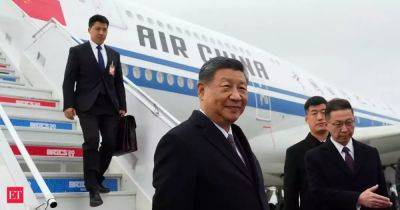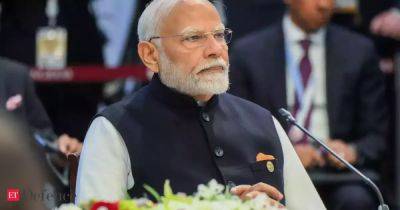Optimistic plans for post-war Gaza have little basis in reality
Subscribe to enjoy similar stories. AFTER ALMOST 300 days, planning for the end of the fighting in Gaza is beginning to seem otherworldly. Politicians and generals have been talking about what might happen when the shooting stops since the start of the war in October.
Diplomats have spent months shuttling around the Middle East, trying to broker a ceasefire. Yet the moment has not come—and even if it does, the obstacles to lasting calm in Gaza are daunting. When many Western officials talk of the “day after", they have a specific scenario in mind.
It starts with buffing up the Palestinian Authority (PA), which runs parts of the West Bank, so that it may return to Gaza and govern there as well. Israel would commit to ending its half-century occupation and creating a Palestinian state. That would allow Saudi Arabia, the most influential Arab country, to normalise ties with Israel.
A ruinous war could give way to a lasting regional peace. It is a hopeful vision, but also an improbable one. It rests on two questionable assumptions.
The first is that the fighting in Gaza will truly end—that there will be a clear line between war and its aftermath. The other is that complex, phased regional diplomacy can bring immediate relief to the 2.2m Gazans who need help urgently. In fact, the day after may look much like today.
Even if there is a truce to facilitate a hostage deal, Israel will eventually resume military raids in Gaza. Hamas will keep fighting. Binyamin Netanyahu, Israel’s prime minister, will not commit to Palestinian statehood, thus stalling any bigger diplomatic push.
Read more on livemint.com























